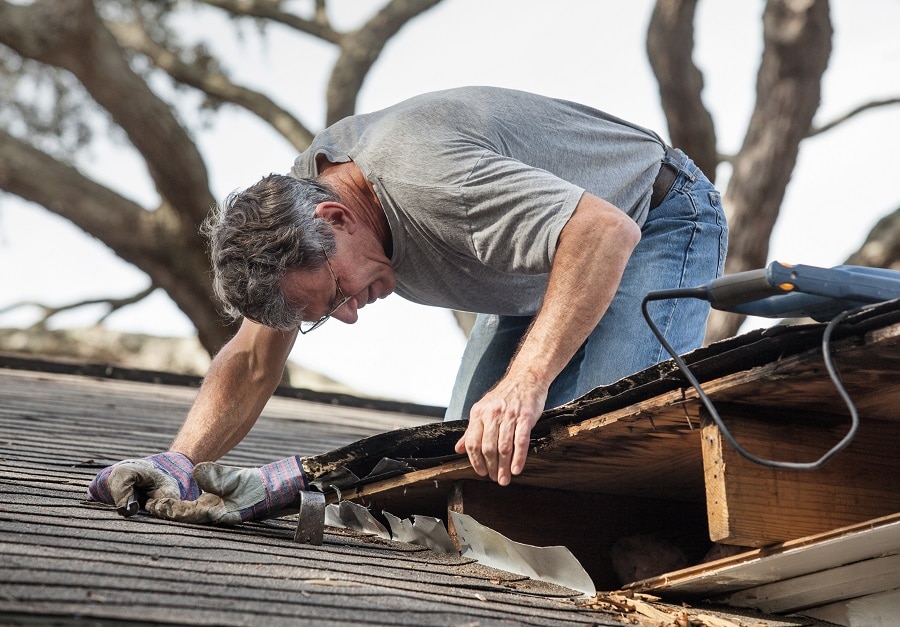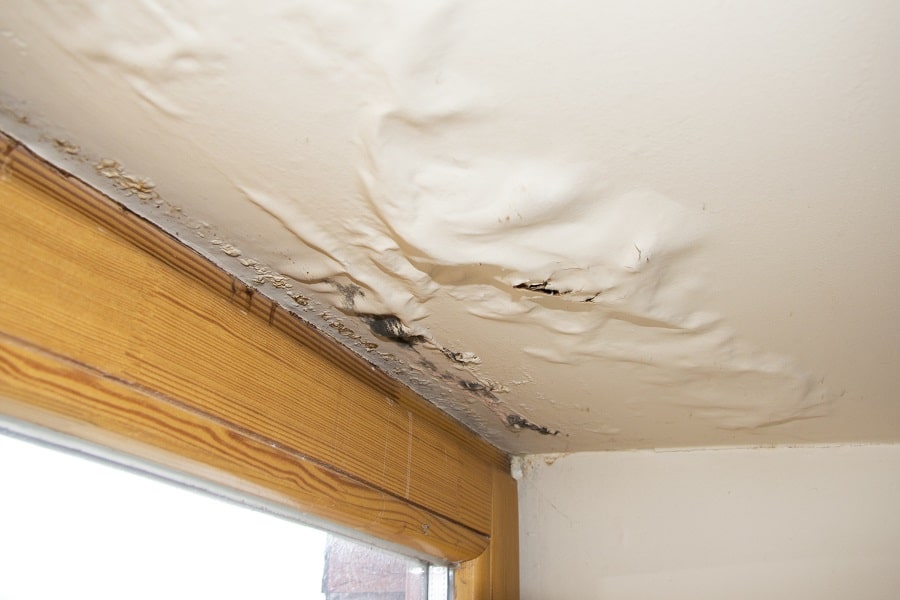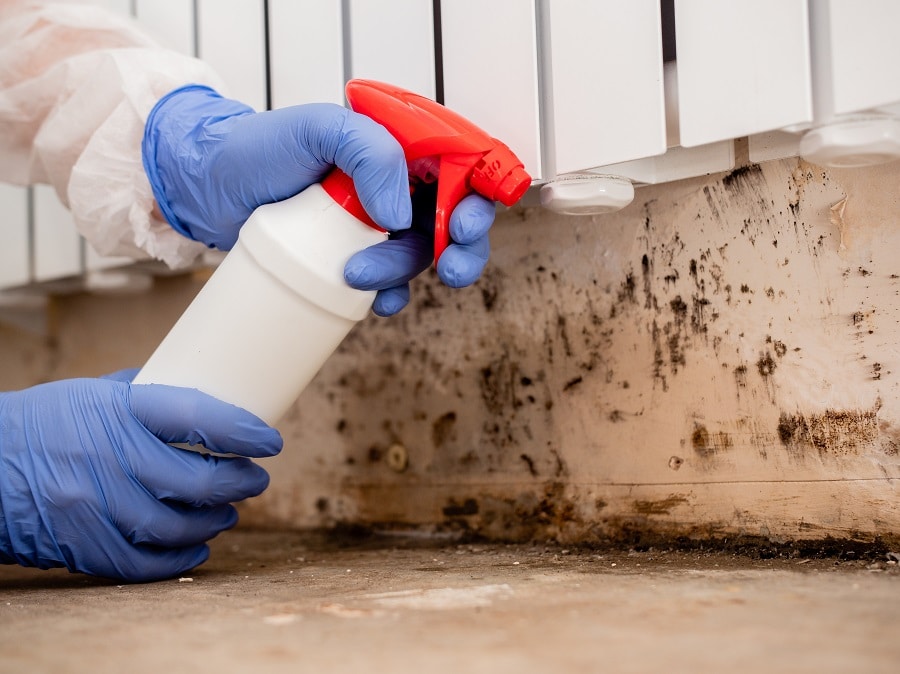When considering any building, no matter how old, timber decay within the structure is usually as a result of rot. Wood rot is identifiable in two common forms: wet rot and dry rot, both caused by fungal decay in building timbers.
What is Wet Rot?
Wet rot refers to a parasite known to thrive in wet timber. It warps the timber, making it swell and causing the fibres to separate, this can lead to loss of strength, and eventually, crumbling in the timber structure. Wet rot causes wood decay and loss of structural integrity, making the timber disintegrate. Incessant contact with sources of moisture is the primary cause of wet rot in structural wood. This exposure could be in the form of penetrating damp from the ‘wet’ side of the building or faulty plumbing. Wet rot is fungi that can spread and inflict damage on neighbouring timbers.
Our Guarantee
- upto 30 year guarantee
- customer focused team
- 20 years combined experience
- portfolio of satified customers
- attention to detail
- Construction line accreditation
- public liability insurance
- CHAS accreditation
What is the Difference Between Dry Rot and Wet Rot?
Dry rot can inflict damage faster and trigger extensive decay to structural timber as it consumes and spreads throughout the affected property. Wet rot, on the other hand, is far more common even though the effects are less severe: damage is restricted to the waterlogged areas on the timber. In the absence of fungi, wet and dry rot can be differentiated by relating the extent of damage (size and type of cracks) and the colour of the timber with the development of either type of rot.
What causes Wet Rot?
Wet rot spores are only present in certain environmental conditions. Moist timber is the main cause of Wet Rot. Moisture is a major factor in the progress of wet rot formation. In these cases, the timber starts to show visible signs of decay.
The Dangers of Wet Rot in Arundel
Wet rot poses a serious risk to the longevity of a building. It can even reduce the market value of the affected property. When you notice wet rot, make sure to treat it quickly, if not there is a high likelihood of it spreading and infecting your house. A survey of 2,038 London property owners inquired whether they had experience with wet rot in their homes, where the problem was identified, and how effective they were at preventing future cases.
The results were shocking – more than 20% of homeowners experienced wet rot in some form. Wet rot destroys timber flooring and can make the building structurally unsafe. Besides the costly repair work required to get rid of wet rot, it can also reduce your property’s value, and many insurance firms do not provide coverage for houses where there is moisture ingress and damp build-up.

What are the Warning Signs of Wet Rot?
The conditions required to facilitate the appearance and growth of the fungus differ depending on the type and cause of moisture it is exposed to. Some noticeable signs include a musty smell, wallpaper peeling, the central heating boiler malfunctioning, and cookers not working properly. Some common locations for wet rot include underneath the kitchen sink, roof spaces/attics, and along external walls. It commonly affects older houses which have been built with timber frames and not modern timber species such as Sapele or Meranti. Timber below ground level up to one-floor is also susceptible to wet rot. Being able to identify wet or dry rot is a big part of managing its growth. If you believe that your house suffers from a wet rot infestation, then you should carry out a damp survey immediately.
Call Our Sussex Damp Experts team now for quote, consultation and advice:
Call on 01273 257 765.
How and When Should I Look for Wood Rot?
You should comb your home annually to look out for signs of wood rot and damp. The pre-winter weatherproofing period is an excellent time to get this done. You’ll need a screwdriver with a long handle and a decent flashlight.
You should check the window siding for signs of discolouration and swelling. Wood rot can be disguised by paint, make sure you poke the siding with the screwdriver to be sure that it is solid. If the wood gives in with pressure and has a spongy texture, then you are dealing with wood rot. Use a powerful flashlight to search for discoloured wood in the attic. Use the screwdriver test when you reach any part that fits the bill. Make sure you examine the roof decking’s underside, the joints where the wood members meet at the rooftop, and the attic edges where rafters slant down to form eaves. These are key locations for the growth of wood rot in the attic.
With the flashlight search for discolouration around the border wood plate that sits on top of your concrete basement wall, scrutinize the wood members. Inspect any discoloured areas using the screwdriver. Examine walls and floors for signs of water leaks or discolouration under sinks, around tubs and baths, and the water heater.
How do we identify wet rot?
Identifying wet rot is not an easy feat, several forms of wet rot have different effects on timber. If a knife pushed into painted timber goes in right up to its handle, that’s a certain indication of rot. Our team of damp-proofing specialists have advanced training and years of experience to pick out the following:
- Localised fungal growth on timber
- The soft, spongy feel of timber; the affected area appears darker than the surrounding timber.
- The soft and spongy texture of rotting timber; the affected region often looks darker than the other parts.
- That spongy, soft feel timber gets when affected by wet rot; the affected parts are darker than the other areas.
- The spongy, soft texture of rotten timber; the infested area is darker than the other parts.
- The springy feeling that is an indicator of wet rot; the affected area is often darker than others around it.
- Crumbling of affected dry timber into particles.
- Dry timber crumbling into particles.
- The crumbling of infested timber into dry particles.
- Dried-out timber disintegrating into particles.
- The disintegration of rot-eaten timber into particles.
- Shrinking timber
- Bleaching wood in window and door frames
- Flaky or damaged paint
- A musty, damp smell
What to Do After You Detect Wet Rot?
It’s important to get a damp expert to tackle wet rot and cut off the source of moisture; this helps prevent recurring issues. Call Sussex Damp Experts on 01273 257 765 today to get more information about wet rot treatments.
Wet Rot and Damp Proofing in Arundel

If you are looking for professional wet rot treatment and damp proofing services in Arundel, we are here for you. Call us immediately you spot any indication of damp or wet rot in timber around the house. By helping you fix the problem, you can save money on expensive repairs and also minimise the health risks attached to letting the decay progress unimpeded. One of our qualified damp surveyors will be able to determine the cause of the problem and the best course of action to rectify the issue.
Timber damp proofing is a deliberate attempt to protect the timber from moisture damage which could lead to decay. Protection for timber is possible in two ways.
Surface treatments can never be relied upon; they will always fail, eventually making the situation worse when they do. The only available solutions include covering the surfaces using membranes, treating or replacing the timber. If you would like to speak with one of our experts or require further information about treating wet rot, call us on 01273 257 765 and let Sussex Damp Experts help.
Wet Rot Treatment Specialists in Arundel
With 20 years experience tackling wet rot in Arundel, we are leading specialists offering free, no-commitment cost estimates and site surveys to a wide range of property owners. Our damp proofing team will pay you a visit and identify signs of moisture invasion and wet rot, we will then provide a lasting solution to fix the problem. Our experts apply advanced methods to tackle the progression of different types of wet rot in buildings.
Wet Rot Treatment in Arundel
Typically, wet rot occurs only in locations where timber has been exposed to moisture and where the wood continues to be damp. Nevertheless, during treatment we don’t just get rid of the wet rot, we tackle the issue at its source. We eliminate the possibility of facing similar issues by identifying exactly how the moisture reaches the timber and blocking off all the access points. Wet rot treatment should be handled by professionals who understand the process and can provide lasting solutions. Delay in treatment can result in a compounded increase in the treatment cost. The best course of action is to contact Sussex Damp Experts if you see any indication of wet rot anywhere in your building.

We have the expertise to effectively treat wet rot. Sussex Damp Experts is always ready to help, we quickly identify the cause of the humidity and the affected areas. Delaying could be fatal, call 01273 257 765 today or fill the contact form to save your timber!
Our Wet Rot Treatment Process in Arundel
The same with other property-related repairs, the longer you wait, the worse it gets. Treatment might only be required for a small area if you can detect the signs of fungal rot early enough. Severe cases where the rot has advanced across the breadth of timber could mean you will need major repair work or replacements for the timber beams. Wet rot treatment comprises various steps. The treatment of wet rot involving timbers must start with addressing the root of the problem and preventing moisture from reaching the timber. We identify the source of moisture ingress including condensation and broken guttering, and we apply corrective measures to cut them off. Contractors or builders who do not have the required expertise in rot treatment often opt to replace the affected wood. Such efforts are usually followed by spraying chemical preservatives on the area in question. This method will end in disaster. If you harbour the slightest suspicion that you could be facing a wet rot problem in your property, our team at Sussex Damp Experts is ever ready to help you identify, remove and treat it.
What happens to Wet Rot if left untreated?
Overlooking wet rot can only lead to weakened structural timber which could have dire consequences for the residents. When rot settles in, the timber gets soft and will cave in when poked with a sharp object such as a knife or a screwdriver. The final result is that the timber becomes less structurally sound, and the worst-case scenario could see your building condemned if it continues to spread. Call Sussex Damp Experts on 01273 257 765 to get your treatment project started today.
What is the cost of Wet Rot Treatment in Arundel?
Rot can have a devastating effect on any property. The type of damage done as well as the severity will determine the cost of remedial work and damp proofing to be done. However, don’t let that discourage you. With our team of experts on hand to help, you’ll quickly discover that with wet rot treatment in Arundel, it is more affordable than you would expect. We advise you on the right decisions for the wellbeing of your family and your home.
How to prevent wet rot?
Wood must be ideally kept dry and treated to prevent the timber from decaying. You can use wood hardeners to give timber in at-risk areas an extra layer of protection against moisture. Areas of a building that are most vulnerable to damp include window boxes and sills, and timbers that haven’t passed through damp proofing treatment such as fungicide and sealant applications but still touch stonework.
Talk to Our Wet Rot Treatment Experts Today!
Sussex Damp Experts can provide more information on wet rot treatment, call our experts on 01273 257 765 today to get started.
FAQ
Is wet rot smelly?
Is Wet Rot Capable of Spreading?
Can Wet Rot Cause Health Problems?
Is there a DIY treatment solution?




